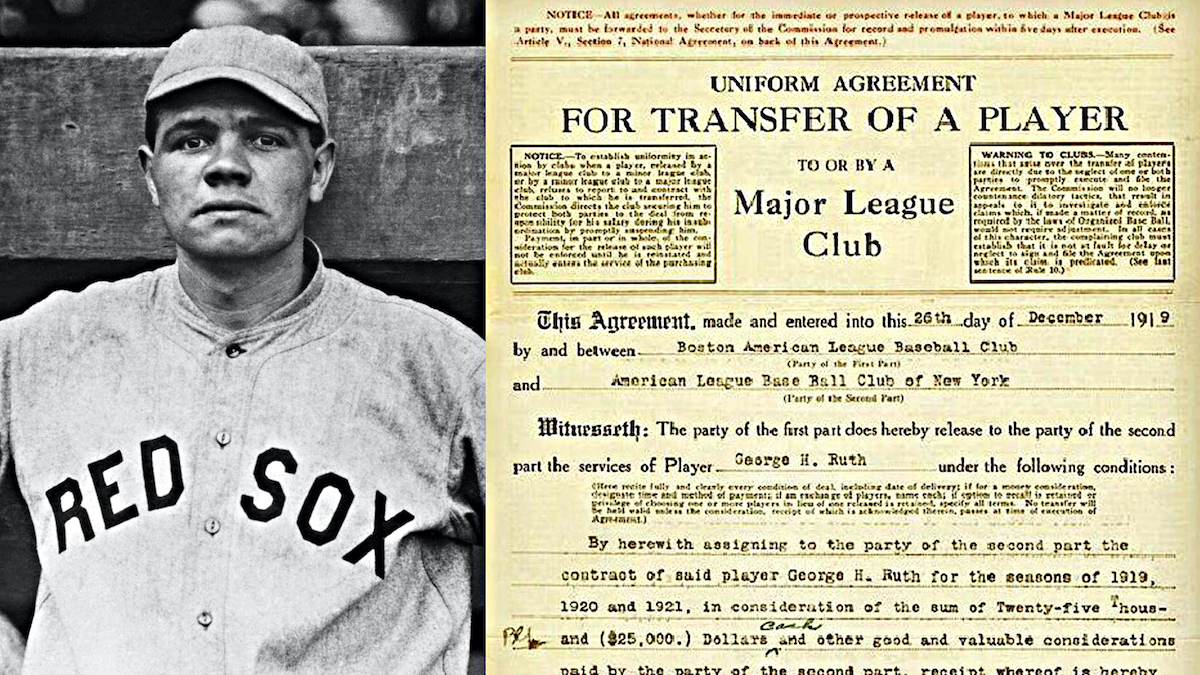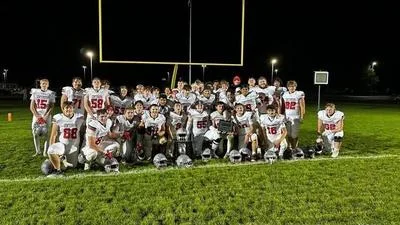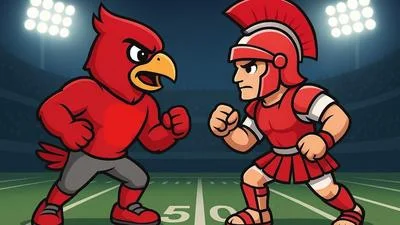Let’s talk deadline trades.
The NBA and NHL trading deadlines just passed. Was your team a buyer or a seller? Was your team all-in for this year or dedicated to the future? If your team was a seller, how did that make you feel? Were you buoyed by the reality that your team was seriously rebuilding, or did you believe that your team threw in the towel and gave up on the year and its athletes?
Is a fire sale telling the fans that ownership has given up – at least for this year? Is ownership telling the players they’ve given up and want that “lottery choice” in the player draft, but painting it and spinning it as a rebuild?
That is tough to believe unless your team is a small-market team and can get away with “Well, he’ll never re-sign with us … we can’t afford him, so we will play ‘money ball’ and get better, younger, stronger-metric players that can be under our control for six years, and be a better team without him.” Even the small-market teams in sell mode try to get away with trading fan-favorites who were the heart and soul and stars of the team.
Trading-deadline fire sales (dumping players and salaries for prospects) have been part of the fabric of sports for decades. The 1919-1920 Boston Red Sox made a fire sale in the truest sense when they sold arguably the best hitter-pitcher in the game, Babe Ruth, to the New York Yankees for $100,000. Ruth helped propel the BoSox to World Series titles in 1915 and 1916, but wanted a raise to $10,000 for 1920, having just set the major league record for home runs in 1919, with 29. The payments were $25,000 in cash immediately, and additional $25,000 payments yearly for three years. Additionally, Yankee owner Jacob Ruppert loaned Red Sox owner Harry Frazee $300,000 (ostensibly for a mortgage on Boston’s Fenway Park). The kicker is that the money did not go to rebuild the Red Sox, it went to Frazee to help finance a Broadway play produced by the Red Sox owner. Popular myth has it that the play was “No, No, Nanette,” but the money financed “My Lady Friends,” upon which “No, No, Nanette” was based.
The 1991-1992 Edmonton Oilers’ owner Peter Pocklington went the save-money route by trading Wayne Gretzky to the Los Angeles Kings in 1988 for draft choices and marginal prospects. Three years later, Pocklington dismantled the Oiler dynasty by dealing Mark Messier to the New York Rangers; Glenn Anderson and Grant Fuhr to the Toronto Maple Leafs and Jari Kurri to the Philadelphia Flyers.
The 1997-1998 Florida Marlins were coming off a World Series title and owner Wayne Huizenga sold Gary Sheffield, Kevin Brown, Al Leiter, Bobby Bonilla, Cliff Floyd, Moises Alou and others for prospects and salary savings, and took the World Series champs to a 54-108 record in one year.
The 1999 Chicago Bulls started a rebuild after Michael Jordan’s retirement. General Manager Jerry Krause jettisoned Scotty Pippen, Steve Kerr, Dennis Rodman and head coach Phil Jackson and went from 62-20 to 13-37 (in a shortened season).
In the NFL, salary dumps are standard operating procedure when top experienced and older players with long-term, big-cash contracts are sent elsewhere for draft choices. The Cleveland Browns gave up six draft choices in 2022 for Houston Texans’ quarterback Deshaun Watson. That trade season, Russell Wilson, Matt Ryan, Carson Wentz, Davante Adams and Khalil Mack were all dealt for draft picks.
Just recently, teams in the playoff zone in basketball and hockey traded up and teams on the bubble or on the outside looking in, were sellers. The Detroit Red Wings were on the bubble and looking to make the playoffs for the first time since 2016, but executive vice president and general manager Steve Yzerman recognized that they are not primed for a strong playoff run and traded away fan-favorites Tyler Bertuzzi, Filip Hronek, Oskar Sundkvist and Jakub Vrana for draft choices and prospects. Yzerman said the team “stuck to the plan” to keep younger players, trade off those they couldn’t re-sign (Bertuzzi) and get a reasonable return.
In the NBA, big names and big contracts traveled at deadline. Twenty-eight teams made maneuvers and Kevin Durant, Kyrie Irving, Russell Westbrook, D'Angelo Russell, Mike Conley, Mikal Bridges, James Wiseman and Jae Crowder were among those big-namers on the move.
The remaining players on the teams might not like seeing their buddies leave and may think the team has given up on them, but more often than not, the team rises to the occasion and will fight even harder. If you are fan, ownership might have given up on the season, but your players seldom do. If you are angry that your team is “tanking” for better draft choices, blame management, but rest assured that your players have your back. They are still giving it their all to win.
Successful rebuilds are better for fans than struggling teams struggling for years with the current cast of characters. The 2016 New York Yankees traded away Aroldis Chapman, Andrew Miller, Carlos Beltran and Ivan Nova for prospects, and the “Baby Bombers” rebuild took only half a year. By 2017, the Bronx Bombers were back in the playoff hunt.
But do you believe the rebuild story or is it all about money and control? Do you still back your team, even if they were sellers? What would YOU do as GM? Buy or sell?
What do you think? As a fan, do you want your team that could barely make the playoffs to give up the season and possibly next season by trading away veterans or possible players of the future? Do lots of prospects or draft choices secure a successful rebuild? Are you all-in on a promise that a deep playoff run is only a year or so away? Or do you want your team to give it all they’ve got for this season and build through trades or free agents in the offseason? Let me know at mike.blake@mountvernonnews.com.







